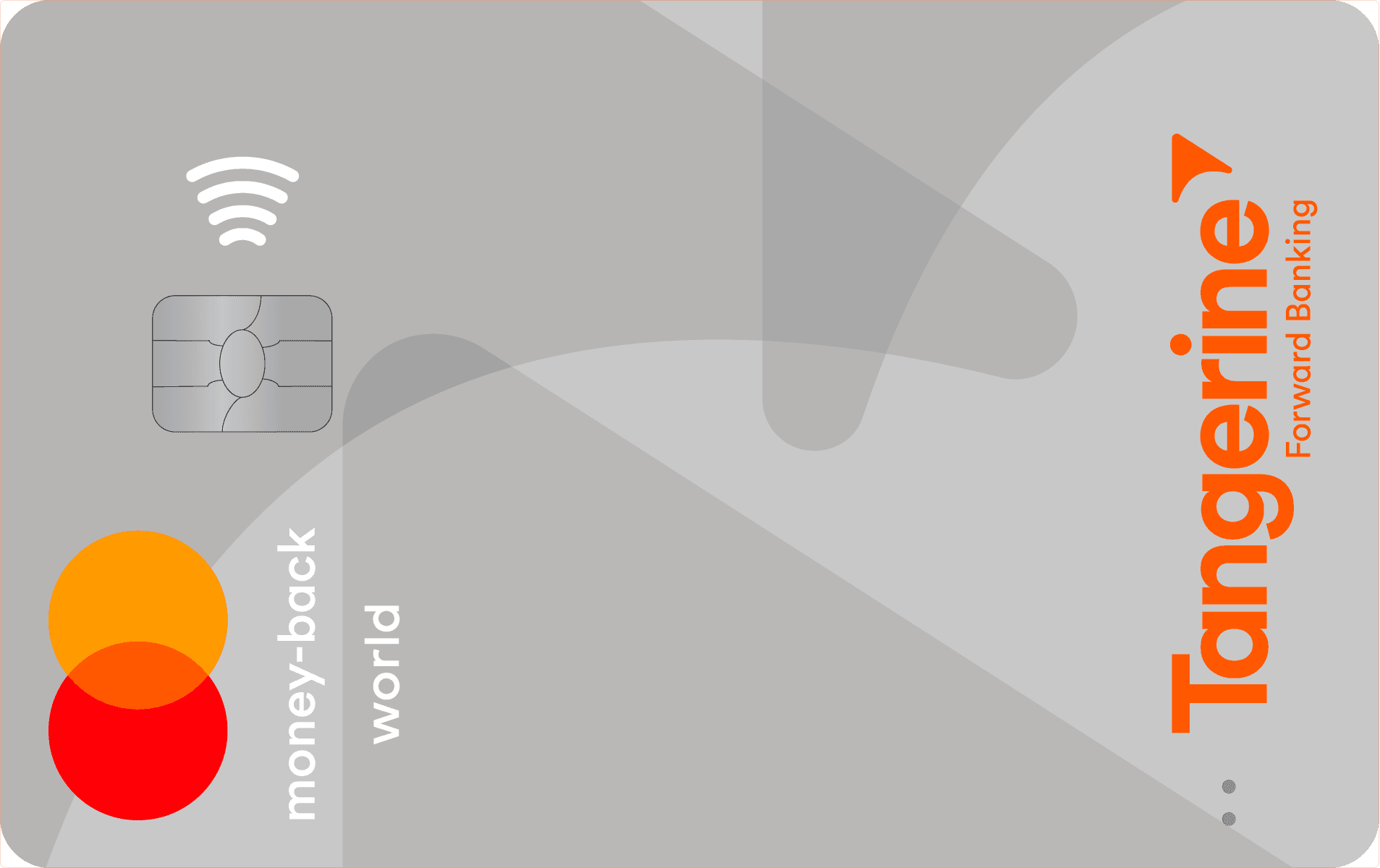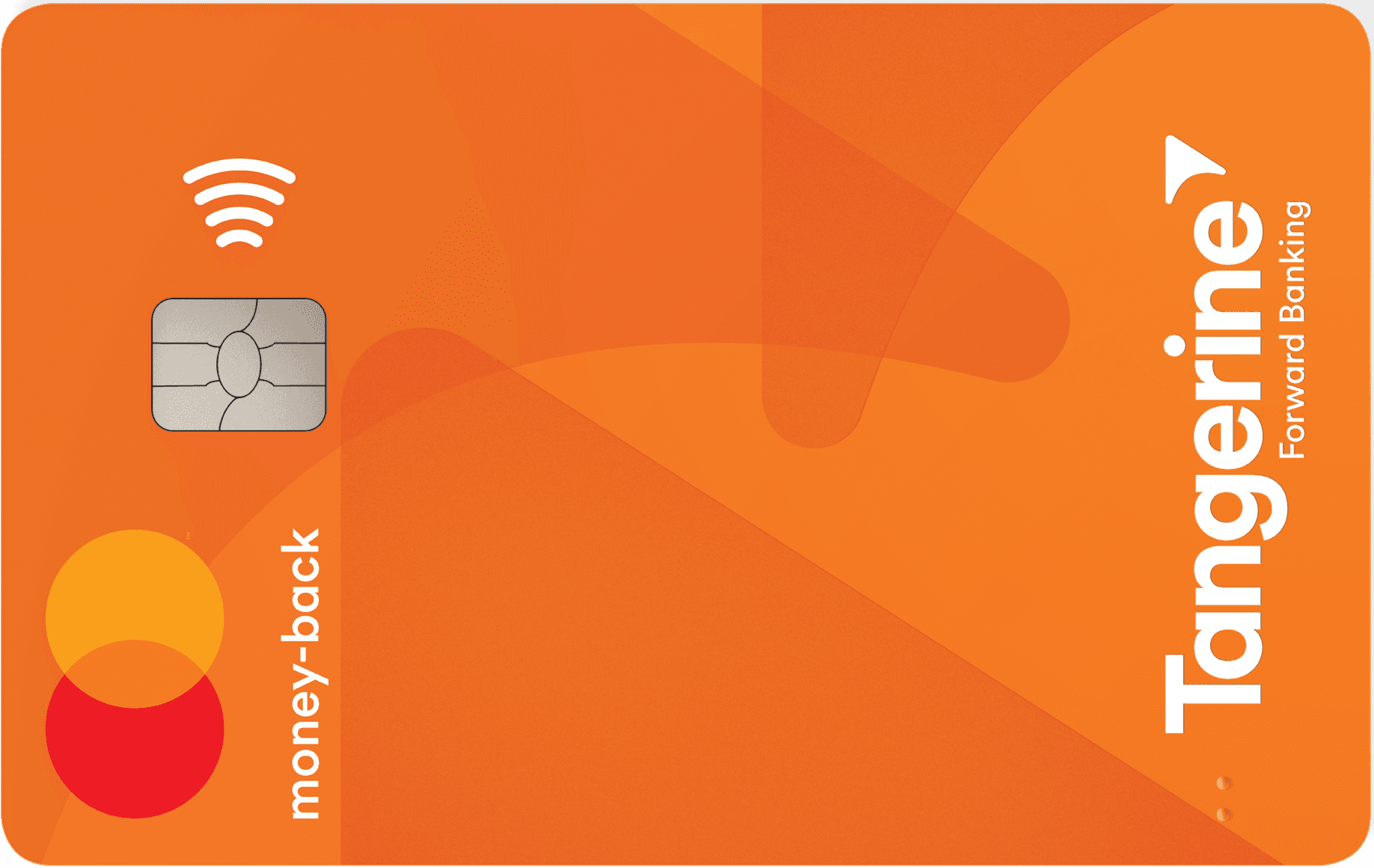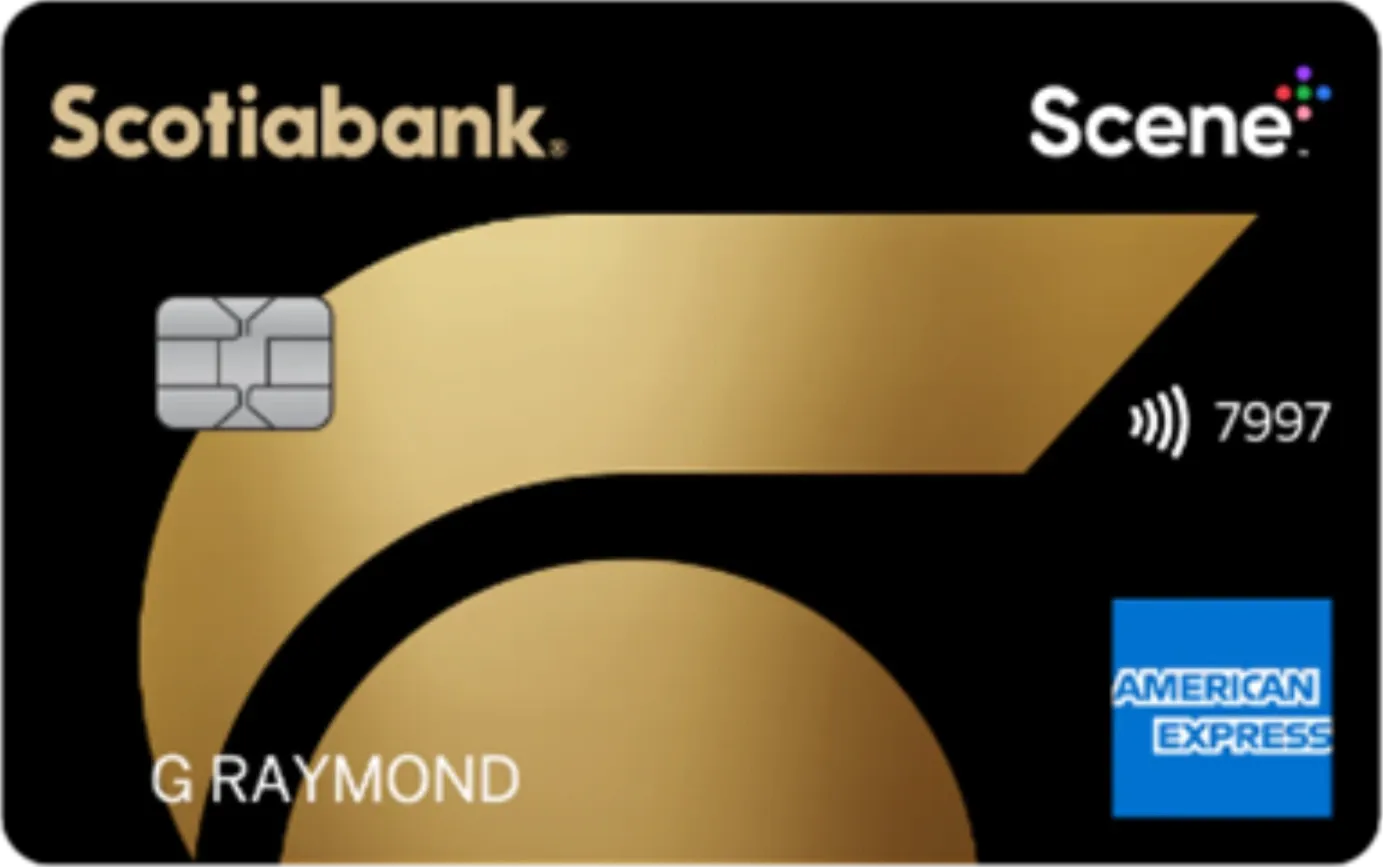Working hard in the background...
Will I get taxed on my bank interest in Canada?
Published Nov 25, 2025 12:14 PM
When you keep money inside a Canadian savings account, you earn interest. While you might see this as a win, it’s important to note there’s a catch: Money is never “free,” and the Canada Revenue Agency (CRA), in many cases, will take a cut. Yes, even on the few dollars you earn every month in interest.
In this guide, we’ll break down how the CRA taxes bank interest, how to report interest on your tax return, and strategies to legally minimize the impact of interest on your tax bill.
Is Bank Account Interest Taxable in Canada?
In short, yes. Most income in Canada is taxable, and interest earned on your bank balance is no exception. If you earn income outside of a registered account, then the CRA will charge you.
This rule applies to any interest earned from a Canadian financial institution, including banks, credit unions, and trust companies. It also extends to term deposits and some income producing money market funds. This income is taxable the year it’s earned in a non-registered account. Even if you decide not to withdraw it during that year. The exception to this rule is a registered account. These accounts only have tax implications when you withdraw funds.
How Interest Income Is Reported to the CRA
If you earn income on money held in a bank account, such as a regular chequing or savings account, then that income is fully taxable in the year that you earned it. You’ll need to report this income under Line 12100: Interest and other investment income on your annual tax return.
For accounts earning over $50 in interest, the account holder will receive a tax slip from the CRA. This document is called a T5 Statement of Investment Income and it will outline the details of the information you need to include on your tax return.
It’s possible that you won’t receive a T5 slip if your interest from the account is less than $50. But that doesn’t mean you don’t owe anything. As stated by the CRA, “you must still report the income.” It’s just up to you to find the information for your return.
Exceptions: When Interest May Not Be Taxed
As mentioned above, there is one exception to the interest income tax rules, and that applies to registered accounts. These include retirement accounts like a Registered Retirement Savings Plan (RRSP), Locked-In RRSP, Locked-In Retirement Account (LIRA), Registered Retirement Income Fund (RRIF) and Locked-In Retirement Income Fund (LRIF). Each of these accounts is a tax-deferred account, which means income is not taxable until the time of withdrawal.
With Registered Disability Savings Plans (RDSPs) and Registered Education Savings Plans (RESPs), the beneficiary, not the contributor, holds the tax responsibility. For a Tax-Free Savings Account (TFSA), though, there are no tax implications, even at the time of withdrawal. As the name implies, this account type is actually “tax-free.”
All income earned within non-registered investment accounts, as well as chequing and savings accounts, will always be taxable. Those taxes are due in the year in which the income hits your account.
How Much Tax You’ll Pay on Bank Interest
In Canada, the tax you pay on your interest income is similar to what you pay on your ordinary income. Your total rate will depend on your marginal tax bracket. This means that you have the same tax bracket for this type of income as you would your employment income. With tax brackets, the higher the income, the higher the percentage you’ll owe.
For example, if you had earned $100 in bank account interest last year and you fall within the 30% marginal tax bracket, your taxes on the interest would be $30. If, however, your income puts you in the 20% marginal tax rate, then you would only need to pay $20 on your bank account interest.
Unlike with dividends or capital gains, interest income receives no preferential tax treatment or reduced rates. Instead, the CRA classifies it as fully taxable income. It is because of this that many Canadians choose to hold high-interest savings products and Guaranteed Investment Certificates (GICs) within a registered account. These accounts allow compounding on a tax-free or tax-deferred basis, helping your money grow faster over time.
Tips to Minimize Taxes on Bank Interest
While you can’t avoid paying interest on non-registered accounts, you can manage it. The simplest approach? Utilize your registered accounts, like your RRSP and your TFSA. This is especially important if you want to hold high-yield savings products. Keep in mind, though, that an RRSP has tax consequences at the time of withdrawal. It often makes more sense to put money you will need access to pre-retirement in a TFSA instead, as it has no taxes when used correctly.
The best way to avoid paying additional tax on the interest you earn in your bank account is to avoid keeping a high balance. Consider holding only the cash you need for everyday expenses in taxable accounts. This is especially important if you are in a higher tax bracket.
Takeaway
Earning interest is a sign your savings are on the right track. But it also means you’re generating taxable income. The good news? A little bit of planning can reduce how much goes to the CRA. Consider keeping excess cash within registered accounts like a TFSA or RRSP, allowing your money to grow without the annual tax implications. For everyday spending, use your regular savings or chequing accounts, just don’t let large balances sit idle.
Frequently Asked Questions
Yes, you do. Even if you earned less than $50 and didn’t receive a T5 slip, the CRA requires you to report the total amount as taxable income.
If you earned over $50 in the account, you will receive a T5 slip that shows this information. But, if your interest was less than this threshold, then you can check your online banking or monthly statements. CRA’s My Account will also have this information for you.
Yes. Canadians must report all worldwide income, including foreign interest income, from a taxable account. To report this, convert the income into its Canadian dollar equivalent using the exchange rate from the day you received that interest.
No. As long as your contributions stay within your TFSA limit, all interest and withdrawals are completely tax-free.
Joint bank accounts are still taxable. Each account holder is responsible for the tax implications and must report their portion of the interest. You can calculate this based on the ownership percentage or contribution share. Many joint accounts have a 50-50 split, while others have a different ownership structure altogether.
Trending Offers

MBNA Rewards World Elite® Mastercard®

Tangerine® Money-Back World Mastercard®*

Tangerine Money-Back Mastercard

Scotiabank Gold American Express® Card
About the author

Lauren Brown
Editor
Lauren is a freelance copywriter with over a decade of experience in wealth management and financial planning. She has a Bachelor of Business Administration degree in finance and is a CFA charterholde...
SEE FULL BIOAbout the editor

Sara Skodak
Lead Writer
Since graduating from the University of Western Ontario, Sara has built a diverse writing portfolio, covering topics in the travel, business, and wellness sectors. As a self-started freelance content ...
SEE FULL BIO